Everything is bigger in Texas… Big Bend National Park
Everything is bigger in Texas, including National Parks. Did you know that Big Bend National Park is one of the largest, but one of the least visited National Parks in the United States? Over 800,000 acres, this is the only National Park that includes an entire mountain range!
Big Bend National Park
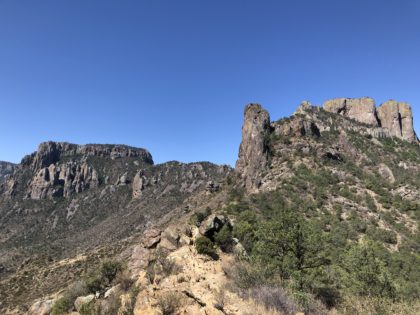 Big Bend National Park is the 15th largest park in the national park system, boasting 442,000 visitors in 2017 – record numbers as more and more people discover it’s rugged beauty.
Big Bend National Park is the 15th largest park in the national park system, boasting 442,000 visitors in 2017 – record numbers as more and more people discover it’s rugged beauty.
Big Bend National Park is one of the most remote parks in the southern 48 states. (Of course, there are many in Alaska that are much harder to get to.) You really have to want to go there – but you will be rewarded.
Coming from the west, the park is about 300 miles southeast of El Paso. Coming from the east, you will be driving 6 1/2 hours from Austin or almost 8 1/2 hours from Houston (over 500 miles). The park entrance is just north of the Mexican border.
HINT: It’s a long way out there, so you need to plan ahead with lots of gas, water and food. Also, if you are expecting to camp, either make a reservation or get there early early if you want to hope to get a first-come first-serve campsite.
What makes this park unique is the combination of desert, mountains and the river.
Desert
As you drive into Big Bend National Park, you will go through some of the loveliest, most unspoiled parts of the Chihuahuan desert. True Texan style, the Chihuahuan desert is the largest desert in North America, covering over 200,000 square miles. Most of it falls south of the international border, extending northwards into parts of Texas, New Mexico and Arizona.
HINT: Yes, the desert is dry - in fact when we visited the drought was so extreme that all open flames are banned, including cigarette smoking! Be sure you always carry extra water.
Look closely at the desert however, and you will see a wide diversity of life, including numerous types of cactus, mesquite and yuccas. If you go in spring, you’ll see patches of bright red cactus flowers, visible from road. Amazing splotches of color.
Some animals thrive in this desert environment. Walk quietly and you’ll hear a diversity of bird songs, and if you are lucky you’ll see javelinas, jackrabbits, roadrunners, coyotes and mule deer.
Mountains
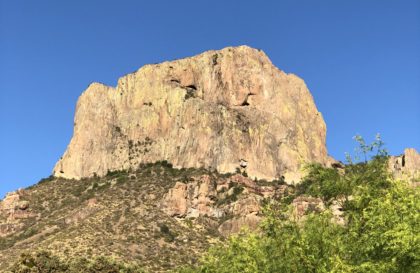 In the middle of the park, the Chisos Mountains rise up from the desert, with peaks close to 8,000 feet. This mountain ecosystem stranded in the middle of a vast desert includes pine, juniper, and oak trees, to name a few. If you are lucky you will see a black bear ambling along with it’s cubs, and less frequently, you may see mountain lion (locally known as a panther, hence the name “Panther Junction” – location of main visitor center.)
In the middle of the park, the Chisos Mountains rise up from the desert, with peaks close to 8,000 feet. This mountain ecosystem stranded in the middle of a vast desert includes pine, juniper, and oak trees, to name a few. If you are lucky you will see a black bear ambling along with it’s cubs, and less frequently, you may see mountain lion (locally known as a panther, hence the name “Panther Junction” – location of main visitor center.)
There are over 450 species of birds in the park, making Big Bend a bird-watcher paradise. If you sit down for a snack along the trail, it’s pretty likely that a group of Mexican blue jays will stop by to see if you will offer a handout. (Please don’t!) But they certainly aren’t shy. You’ll get great photos!
We were fortunate enough to see a black hawk, up close. It looks almost like a turkey vulture (or as the locals call them, a “red headed eagle”). These birds fly along with the turkey vultures to fool their prey into thinking they are harmless. It is always interesting how each species adapts.
River
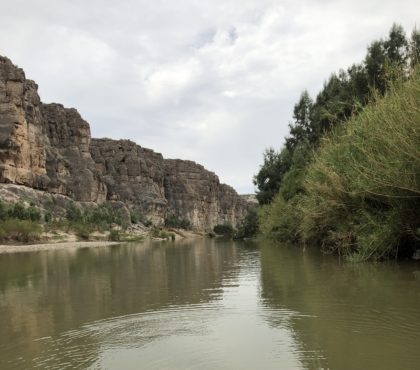 Looking south from the mountains, you will see other mountain ranges located in Mexico and on a clear day you may be able to see the river to the south. This is the natural border between the US and Mexico. Big Bend National Park includes the part of the river that bends northward – hence the name “Big Bend” National Park.
Looking south from the mountains, you will see other mountain ranges located in Mexico and on a clear day you may be able to see the river to the south. This is the natural border between the US and Mexico. Big Bend National Park includes the part of the river that bends northward – hence the name “Big Bend” National Park.
The Rio Grande Wild and Scenic River is a must see – hiking to the overlook or getting out on to the water.
If you look at photos of the park, you’ll see the river going through massive canyons with huge cliffs rising up on either side. What surprised us most was that many parts of the river are flat and fairly shallow. The river was pretty slow when were visited – this changes depending on the time of year when you visit.
HINT: If you are planning to take a river trip, be sure to check on the status of the river flow. Our river guide said that they have to plan their trips pretty much day by day.
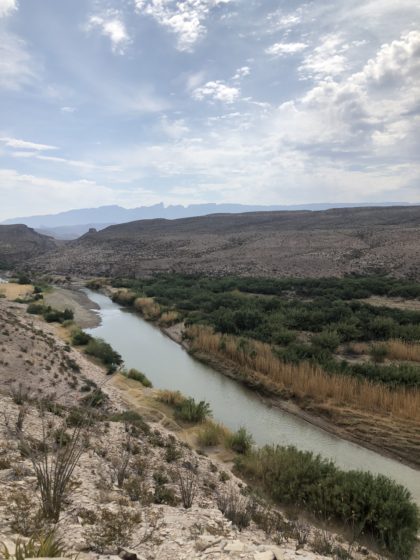
We were also surprised to find so much history of human habitation along the river – Indian petroglyphs, ranches, mines and the remains of a historic hot spring. The National Park Service has preserved some of the buildings and the hot springs are still there for you to soak in. We had fun soaking in the 104 degree water, and then jumping in the cooler river.
What to do at Big Bend National Park?
Big Bend National Park includes something for everyone:
- Hiking
- Nature Walks
- Bird Watching
- Stargazing
- Horseback Riding
- Bicycling
- Kayaking / Canoeing
- Rafting
Plus you can visit nearby ghost towns and even make a short excursion into Mexico – just be sure to take your passport!
Star Gazing
Regardless of what else you do, be sure to go outside at night and look at the stars. The Big Bend area has the least light pollution in the lower 48. Located far away from any towns or cities in a very sparsely inhabited area, the starry sky is amazing!
The National Park Service also does a great job keeping lights low, with LED and shielded lighting. This is not the type of campground where folks put up Christmas lights. Instead, it is more usual to see folks bring out their telescopes.
Kindred Spirits
We loved this National Park. When you are here, look around at the other people. It seemed to us that everyone who was there really wanted to be there. They weren’t just there to get a stamp in their passport or to just drive through . They genuinely wanted to experience the place – either as hikers, bird-watchers, star gazers or simply nature-lovers.
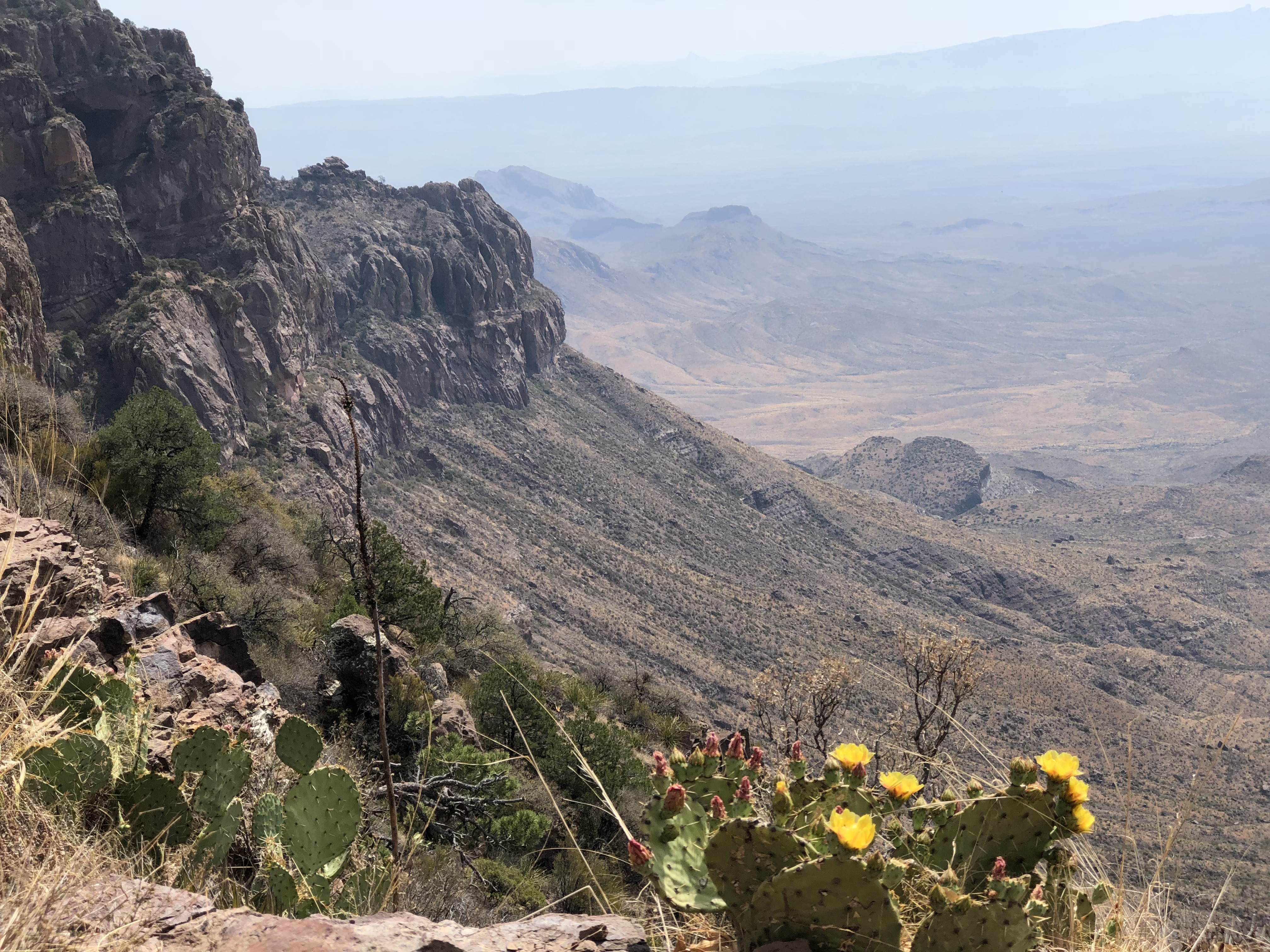
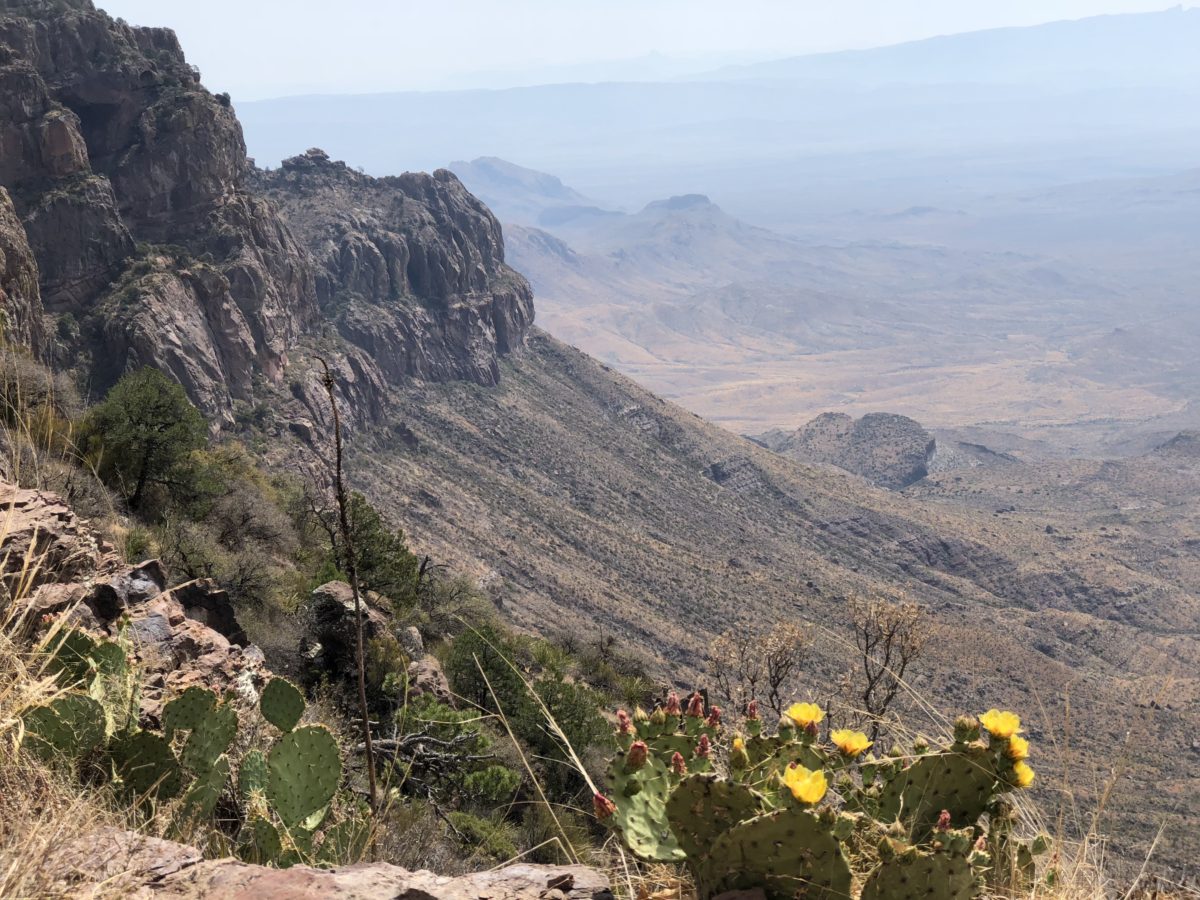
2 thoughts on “Everything is bigger in Texas… Big Bend National Park”
Comments are closed.